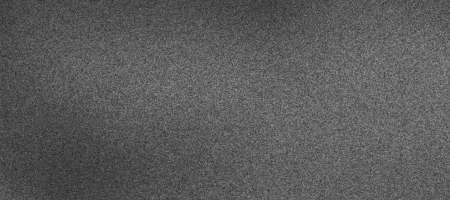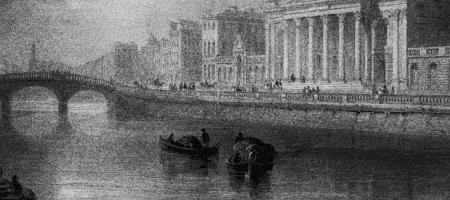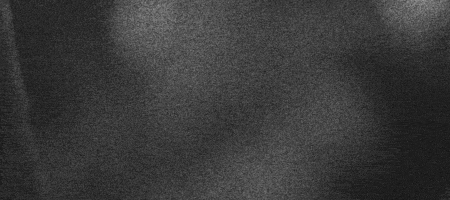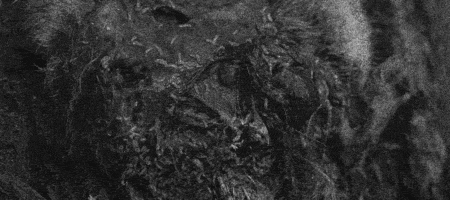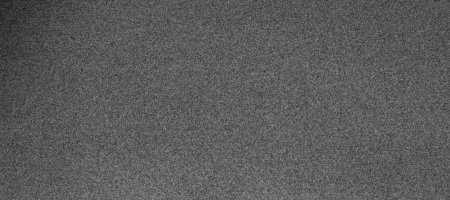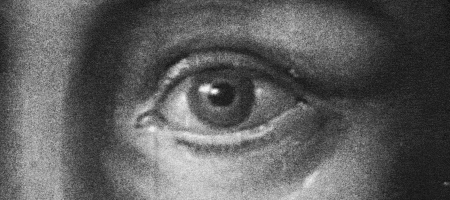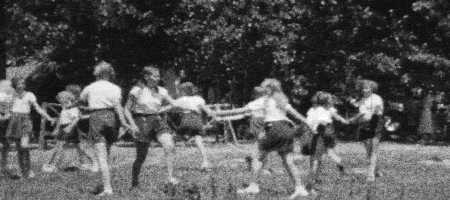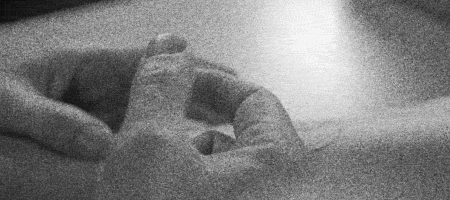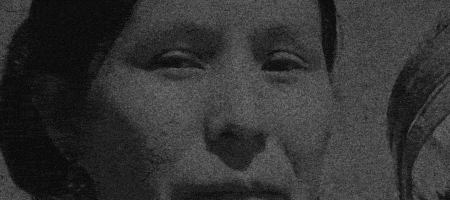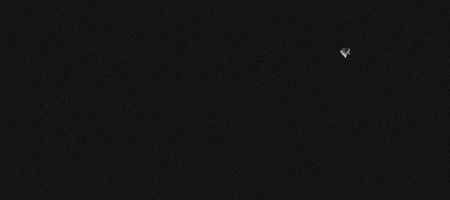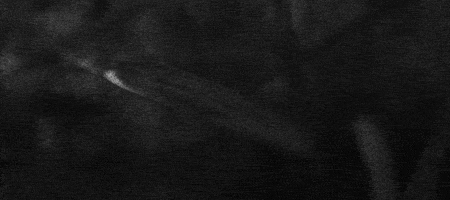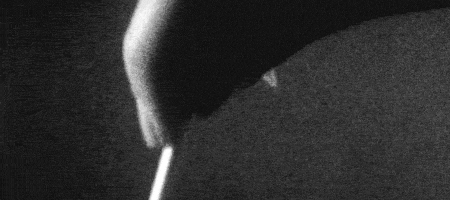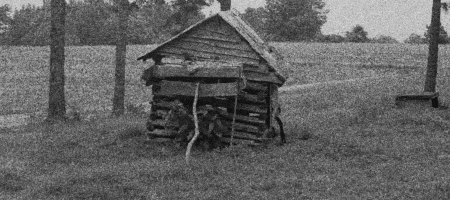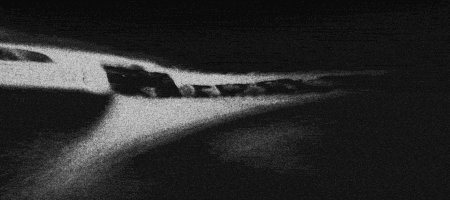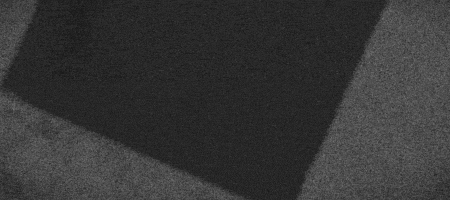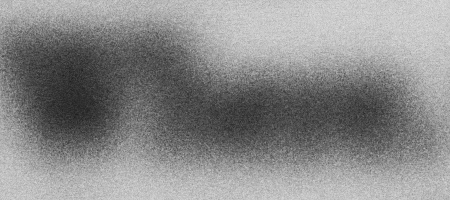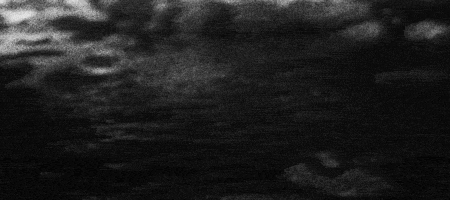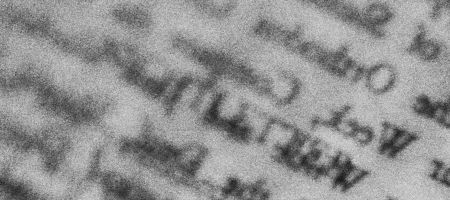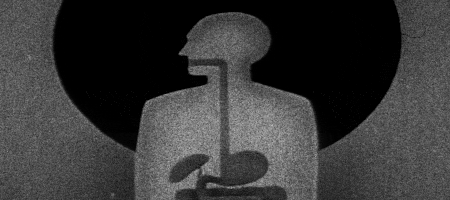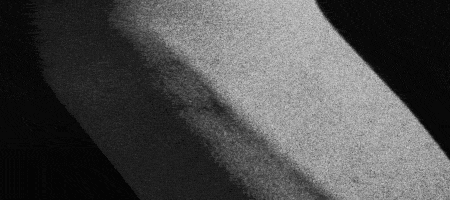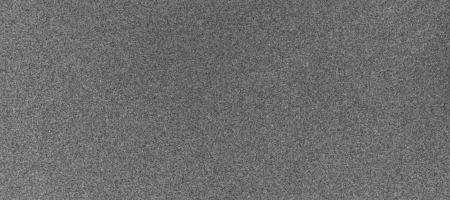FIRST • WE • FEEL • THEN • WE • FALL
Adaptation of James Joyce’s
Finnegans Wake
Artistic, non commercial research project.
Scroll Down
Adaptation of James Joyce’s
FINNEGANS WAKE
project by JAKUB WRÓBLEWSKI / KATARZYNA BAZARNIK
adaptation by KATARZYNA BAZARNIK / JAKUB WRÓBLEWSKI dop JAKUB WRÓBLEWSKI
photography JAKUB WRÓBLEWSKI / MARCIN SZRÓT / MITCH MARTINEZ / ARCHIVAL FOOTAGE editing JAŚMINA WÓJCIK / JAKUB WRÓBLEWSKI
music RAFAŁ RYTERSKI sound LECH RUDZKI graphic design MATEUSZ MACHALSKI sign animation JOLA BAŃKOWSKA
make up KAMILA ADAMOWICZ voices WERONIKA LEWANDOWSKA / KATARZYNA BAZARNIK / MARTIN SIEMIEŃSKI
Book of Kells animation / part 23 PIOTR WELK, ANNA PŁONKA porcelain animation / part 24 DOMINIK KOSIK www PAWEŁ ZAREMBA support TRINITY COLLEGE DUBLIN
some media on CC licence from NEW YORK PUBLIC LIBRARY / LIBRARY OF CONGRESS / ARCHIVE.ORG / FLICKR.COM
project on CC licence Attribution-NonCommercial 4.0 International (CC BY-NC 4.0) except for Book of Kells animation
support THE MINISTRY OF CULTURE AND NATIONAL HERITAGE / NATIONAL AUDIOVISUAL INSTITUTE
NATIONAL CENTRE FOR CULTURE POLAND / ACADEMY OF FINE ARTS IN WARSAW / ZURICH JAMES JOYCE FOUNDATION
honorary patronage EMBASSY OF IRELAND / POLAND
Finnegans Wake is the last, most mysterious book by the Irish writer James Joyce. Usually described
as a novel, it is a fascinating text written primarily in English (more strictly Hiberno-English), but the words are often fused
with any of several dozen languages. This dream-like narrative features a Dublin pub owner Humphrey Chimpden Earwicker,
his wife Anna Livia Plurabelle, their twin sons Shem and Shaun and their daughter Issy. They travel through space and time
to discover the truth about a scandalous incident in Phoenix Park in which HCE was implicated and to deliver a letter
written by ALP in his defense. Drawn into a whirlpool of the past, they metamorphose into historical and legendary figures,
a hill, a river, a cloud, a tree and a stone. The story of HCE’s fall overlaps with the story of a drunken bricklayer Tim Finnegan
who fell off a ladder but was resurrected when whisky splashed on his face during a fight at his wake. This fuses with
the original Fall, with sexual falls of politicians and celebrities, with Napoleon and Wellington on the battlefield of Waterloo,
with Tristan and Iseult’s romance, a hen discovering an ancient manuscript in a rubbish heap, and more. Full of sexual
innuendoes, historical, literary, autobiographical allusions and hilarious wordplays, multiple plots of Finnegans Wake develop
in non-linear ways and can be followed like a maze, or a hypertext. Based on a cyclical vision of history, the book is a textual
merry-go-round, too: it begins mid sentence and ends with another one broken in the middle, which finds its continuation on the first page: the same anew.
The meandertale, aloss and again,
of our old Heidenburgh in the days when Head-in-Clouds walked the earth.
Finnegans Wake / p.18
Included by Umberto Eco in “The Aesthetics of Chaosmos”, this diagram shows how MEANDERTALE and MEANDER-
THALLTALE, two of innumerable puns making up the textual labyrinth of Finnegans Wake, can be unpacked into separate
words. The image represents a network connecting major components: meander, German Tal, tale, and Neandertal, which
combine to suggest a cluster of meanings. This Wakean pun nudges us about how to read the book: as a “tall tale” wandering
waywardly, looping backward and flashing forward, into the pre-historic past, and the origins of the human species.
And as a watercourse - of course, ‘the Meander’ is a river which (giving us the word) meanders. Working on the logic of
associations, it hints at different interpretative paths, visualised by the wavy lines of the diagram. But at the same time it sug-
gests that a single reading is impossible, and that one true sense is unattainable.
To switch between video tracks please use the up and down arrows.
We wish to thank prof. Finn Fordham (Royal Holloway, University of London, UK) for his perceptive assistance in the project.
Special thanks to Katarzyna Bazarnik Ph.D., Professor Dorota Folga Januszewska, Jaśmina Wójcik Ph.D., Agnieszka Słodownik,
Professor Ryszard Kluszczyński, Professor Grzegorz Kowalski, Professor Stanisław Wieczorek, Professor Wiktor Jędrzejec,
Professor Błażej Ostoja Lniski, Professor Jacek Staszewski, Professor Paweł Nowak, Stanisław Pieniak Ph.D, Józef Gębski, Ursula Zeller, Anna Derwich,
Katarzyna Chalubinska-Jentkiewicz, Krzysztof Puławski, Wojciech Tylbor Kubrakiewicz, Piotr Paziński, Bożena Wójcik, Jacek Wójcik, Katarzyna Bachuta.
Jakub Wróblewski
